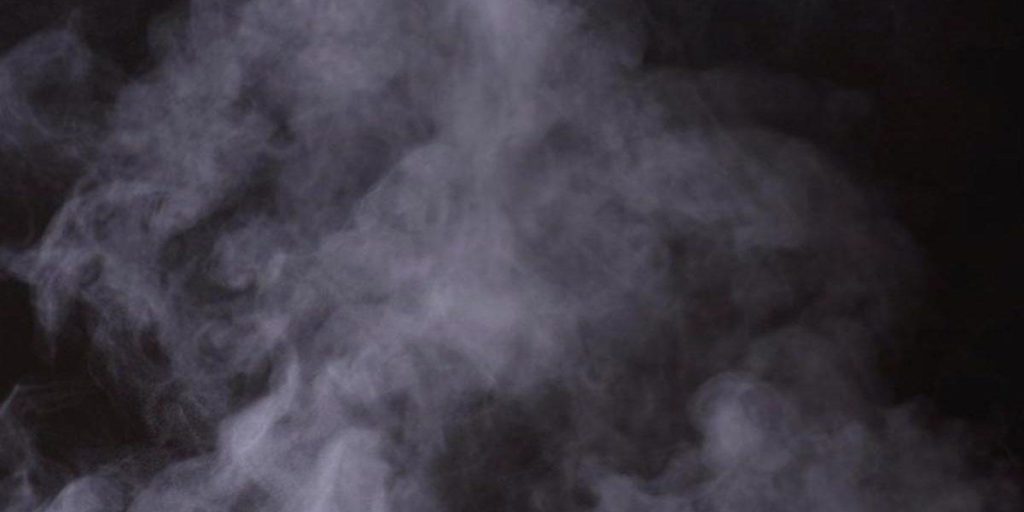To Steam or Not to Steam: Jacketed Kettles

By: Larry Taylor
Ok, let me (Larry) just preface this article right off the bat with this thought: if you want the tool that gives you the most flexibility and also allows you to distill at optimal collection speeds, you are going to need a jacketed kettle. A steam coil in a single-wall kettle is simply just not fun to maintain. Don’t believe me? Ask anyone who has ever done rye or oats how fun it was to chip the burned, caked-on residue off of a steam coil.
And, if you’re a “full-sized” person with a small manway hatch, well… let’s just say that you have to be athletic or have extremely long arms.
Similarly, immersion elements in a single-wall kettle can provide a very efficient heat up time, but they too have limitations if your kettle charge has any suspended solids. Anything but a jacketed kettle really is nothing more than setting yourself up for a future kettle upgrade on your main production still. It just is. In my opinion, for professional distillers, jacketed kettles are requisites for batch distillation.
Heating Jacketed Kettles
Now that we have that out of the way, how will you heat your kettle? Will you go with the typical steam jacketed kettle? Or will you choose the electric Baine Marie-style jacketed kettle? Let’s look at the choices:
Steam Boiler: Pros and Cons
The steam boiler as the heat source has the advantage of being able to pipe steam heat to nearly any location (or multiple locations) in your building. The idea here is to determine how many tanks will need to be simultaneously in use so that the engineers can size the steam boiler accordingly. This system is very common in industrial environments. The upfront costs can be dear, as you’ll have to consider the cost of the steam boiler as well as the cost for installation. Also, if you don’t own your own building, will you be taking the steam boiler with you if you change buildings? That’s going to cost you too. And finally, you’ll need to determine how ongoing maintenance on the steam boiler will affect your bottom line as well as your production redundancy. By that, I mean if the steam boiler goes down, how will that affect your ability to function as a distillery?
Electric: Pros and Cons
If you’re thinking about a Baine Marie jacketed kettle, then you’ll need to determine what your electric utility company charges per kilowatt/h. Some states in the country provide very affordable electric power. On the other hand, some states… not so much. Also, how much power do you currently have in your building? Do you have single-phase power or three-phase power? If your building is lacking, how does the cost of upgrading your power supply compare to the cost of a steam boiler?
Upfront costs for the electric, Baine Marie-style kettle can often help the customer avoid the expense of a steam boiler installation if your building has an adequate amount of power. The Baine Marie system is essentially a self-contained steam boiler built directly into the kettle. Furthermore, heat losses are minimal, as the heat is being generated directly within the system.
The system itself is also compatible with typical steam use. Therefore, it can be connected to a more typical steam boiler at any time. A common practice is to connect to electricity upon startup, and then transition to the steam boiler as your distillery business grows.
The steam-fired kettle and the electric-fired Baine Marie are very similar in that they are typically both rated for low-pressure steam. Many operators prefer the precision control that the electric-fired Baine Marie provides compared to the traditional steam-fired kettle. However, either solution works very well.
Planning out your long-term heating (and cooling) solution does take a bit of looking forward and planning ahead so that your distillery buildout is able to scale up with minimal-to-no downtime.
>> Give the team at StillDragon a call or drop us an email, and we’ll help you figure out how to calculate heating requirements as well as plan for production goals.
Good luck and happy distilling!